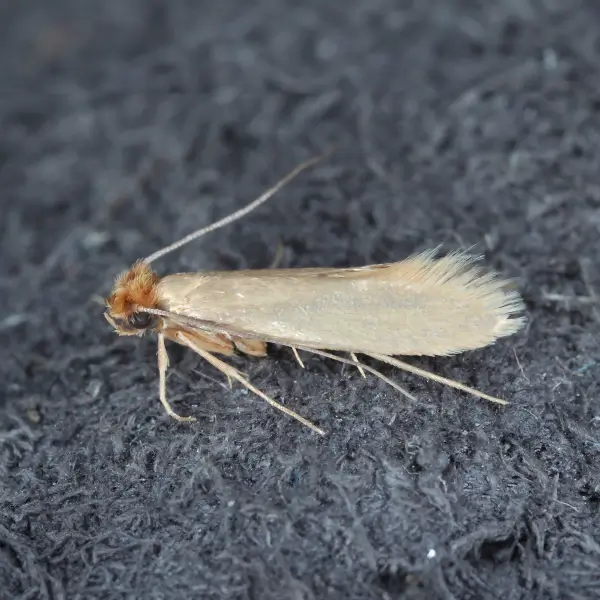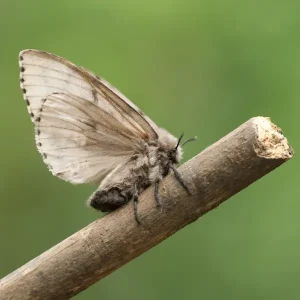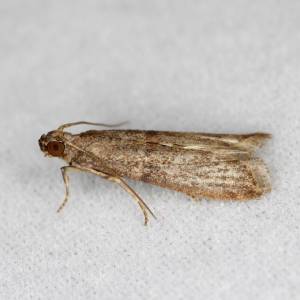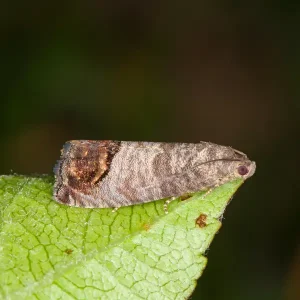Description
Webbing Clothes Moths in your area
Webbing Clothes Moths, also known simply as clothes moths, are common household pests that can be found in many homes and storage areas. These moths have a knack for damaging clothing and other textile items made of natural fibers such as wool, silk, fur, and feathers. They are often difficult to detect due to their small size and secretive habits. Adult Webbing Clothes Moths are not the ones causing the damage; instead, it’s their larvae that feed on the natural fibers present in textiles. Signs of infestation include small holes in fabrics, the presence of silky webs, and the presence of larvae or pupae. Identifying and addressing an infestation early is essential to prevent further damage to clothing and textiles.
Webbing Clothes Moth Habitat
Webbing Clothes Moths thrive in indoor environments where natural fibers are abundant. They particularly enjoy dark, undisturbed spaces such as closets, attics, and storage areas. These moths are adaptable and can survive in a variety of climates, making them a persistent nuisance in homes around the world. While they prefer temperatures around 75°F (24°C) and humidity levels between 60% to 80%, they can survive in a wide range of conditions. Female clothes moths lay their eggs in areas where they can find suitable food sources for their larvae. Once the eggs hatch, the larvae begin feeding on the surrounding materials, spinning silk webs as they go. These webs serve as protective shelters for the larvae as they grow and develop into adult moths.
Webbing Clothes Moth Behaviors, Threats, or Dangers
Webbing Clothes Moths are known for their destructive feeding habits. The larvae feed on natural fibers found in clothing, carpets, upholstery, and other textiles, causing damage and deterioration over time. Infestations can lead to significant economic losses and the deterioration of valuable items. Preventive measures such as proper storage, regular cleaning, and monitoring can help mitigate the risks associated with these pests. If you suspect an infestation, it’s essential to take action promptly to prevent further damage. Consulting with your local pest control experts can help identify the extent of the infestation and develop an effective treatment plan to eliminate the pests and protect your belongings.



